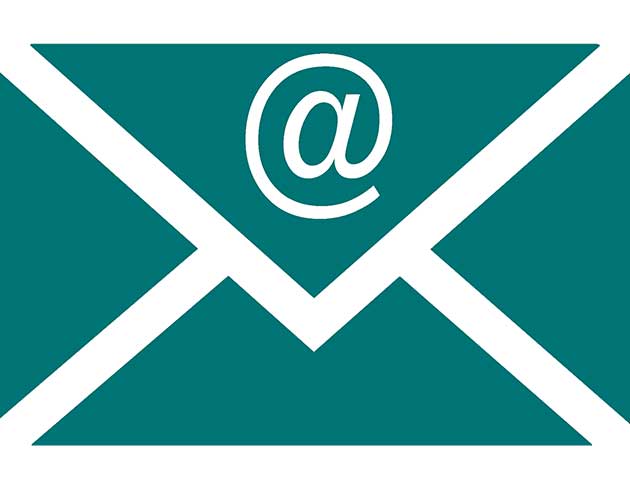The purpose of your email marketing campaigns is to engage recipients with helpful information or convert them with your call to action. Defining the goal of each campaign is essential to achieving this purpose.
According to Passle, 77% of an email’s ROI comes from segmented, targeted and triggered email campaigns. These campaigns are directed to a specific audience and are triggered by an event.
For example, an automated campaign could begin with a welcome email sent after someone completes a website contact form – perhaps requesting an estimate, scheduling a service or signing up for a newsletter. The first email is triggered to send when the prospect expressing interest in your company’s services provides an email address. The welcome sequence can continue with a couple more scheduled emails that provide benefit-rich details, nurturing the lead.
This type of automated campaign is a favorite marketing tool, and it’s no wonder. Marketers who use automation strategies can see conversion rates as high as 50% (source: eMarketer).
An annual email reminder to schedule a service appointment is also a segmented, targeted and triggered email. The date-based trigger schedule supports customer retention while it pushes the customer toward a call to action for their service appointment. Also, because they have a relationship with your company, email open rates tend to be higher.
For emails that are part of your marketing campaigns, define your target audience – and write to that audience in clear, compelling language. Focus on benefits customers receive from the offer, along with why they need to act quickly. The urgency can be pushed by either an offer expiration date or quantity limit.
Importantly, make sure your email campaigns can be viewed on mobile since most people are checking inboxes from their smartphones. And use a person’s name as the sender instead of a generic address. Also, proofread for readability, typos and factual errors.

